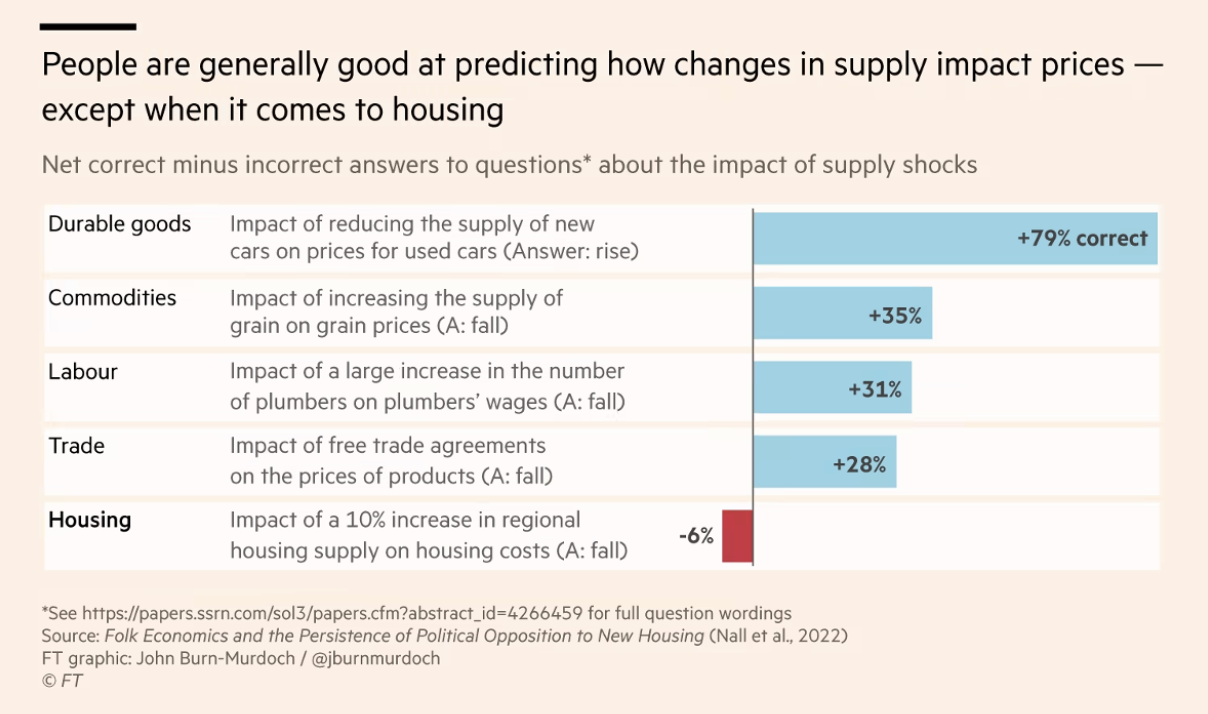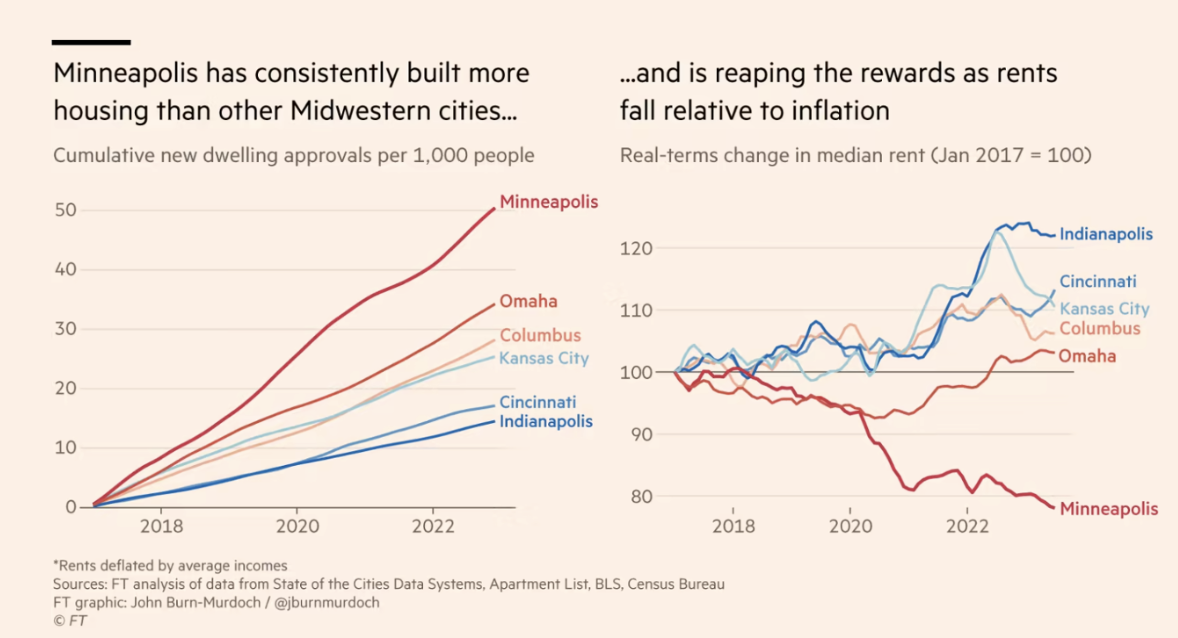When tackling the Texas housing crisis, supply matters
By Texas’s bicentennial, our state will be home to more than 35 million people.
If you are one of the Texans who spend their mornings commuting on a busy highway, you might be wondering to yourself, “Where are those new residents going to go?”
Texas’ booming population and accompanying home prices make it a reasonable question to ask.
High home prices threaten the prosperity of Texas families and could ultimately have devastating consequences for the Texas economy. Companies fleeing high-priced coastal areas often cite housing prices as a top reason for doing so.
Fortunately, the solution is simple. Texas needs to build more housing, fast, to both accommodate our newest Texans and to moderate housing prices for all. Nonprofit Up For Growth estimates that Texas is over 300,000 housing units short of what is needed to adequately serve the Texas population.
Housing discussions often must battle “supply skepticism,” a misunderstanding of the relationship between prices and supply that is unique to the housing market. The skepticism is outlined in more detail in the chart below from the Financial Times.

However, the data on Texas markets shows that increasing supply does improve affordability. From December 2022 to December 2023, rents in Austin declined 12.5%, thanks in part to a rise of new supply. Over 16,000 multifamily units were brought online in 2023, with more than 40,000 units still under construction.
Austin’s success in lowering rents is not unique. When other cities do the same, they reap similar rewards. Researchers with the W.E. Upjohn Institute for Employment research found that in the 11 cities they studied, construction of large market-rate apartment buildings lowered nearby rents by 5-7%.
Cascading beneficial effects of building more housing
Consider Minneapolis, which has committed a major effort towards building more of all kinds of housing and its relative success in lowering rents in comparison with other midwestern cities, as shown in the charts below, taken from the same Financial Times article on supply skepticism.

Increasing the housing supply will help affordability across the income spectrum in a given area. That means that even when expensive homes are built, it is advantageous, and not just for the high earners who will live in them.
The Minneapolis Fed released research showing that construction of market rate apartments starts a chain reaction of moves that gives renters in lower income neighborhoods access to an abundance of open units — about 70 new openings for every 100 new apartments.
A housing to do list for Texas
To massively increase the supply of housing available to all Texans, we must reform land use by eliminating administrative barriers that hamper housing markets and creative solutions. Useful reforms include:
- Reducing minimum lot and house sizes so families don’t have to buy more land or lumber than they need,
- Allowing families to build casitas on their own properties,
- Ensuring that projects cannot be delayed or scuttled because of onerous Jim Crow era notice requirements,
- Allowing for creative building typologies, and
- Reviewing the international building code and international residential code for opportunities to expand how we construct housing.
These actions taken together will allow Texas to craft a uniquely free, uniquely Texan housing market.
When sitting in traffic or looking at home prices or even searching for a reservation to a popular swimming spot, it’s easy to adopt the attitude that “Texas is full”. But when we look at how Texas uses its land, it’s clear there are many opportunities to make the process work better for Texas families, so they can more fully take advantage of the abundance our state has to offer.
